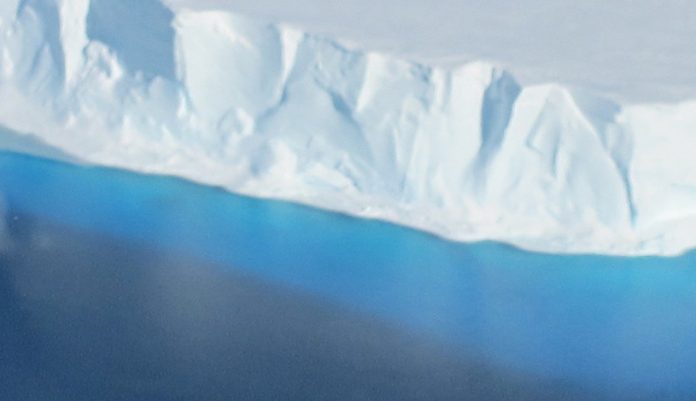A glacier the size of Florida is melting much faster than expected and may soon trigger a 50cm, or 19.6 inches, rise in sea level, according to a new NASA-funded study published online by the Proceedings of the National Academy of Sciences.
The study found that in the last six years, several closely observed Antarctic glaciers have doubled their rate of melting. Their rate of melting was five times faster than in the 1990s. The Thwaites Glacier, one of five recently studied unstable glaciers, which measures about 70,000 square miles is at risk of rapidly melting into the ocean, triggering an unstoppable rise in sea levels.
The mathematical models the researchers created make the most catastrophic scenarios of rapid melting and fast rises in sea water levels seems much more likely than the best-case scenarios of a slow sea level rise. Just how much ice the glaciers will shed in the next 50 to 800 years is impossible to predict since the climate is constantly changing and more data is needed. And yet, the researchers at the Georgia Institute of Technology, NASA Jet Propulsion Laboratory, and the University of Washington factored the instability into 500 ice flow simulations for Thwaites with refined calculations, according to Phys.org.
While the scenarios showed a wide-range of possibilities, they consistently pointed to an irreversible instability in the glacier that would keep pushing the ice out to sea at an enormously accelerated rate over the coming centuries.
A complete loss of the West Antarctic ice sheet would be expected to increase global sea levels by about five meters (16ft), which would submerge coastal cities around the world. In some models, the entire ice sheet could be lost within 150 years, even if global temperatures stopped rising, which they show no sign of doing, according to the Guardian.
“If you trigger this instability, you don’t need to continue to force the ice sheet by cranking up temperatures. It will keep going by itself, and that’s the worry,” said Alex Robel, an assistant professor at Georgia Tech and the study’s lead author, as the Independent reported. “Climate variations will still be important after that tipping point because they will determine how fast the ice will move.”
This study comes on the heels of another study published in the same journal that looked at satellite images of the continent and found a swath of ice four times larger than France has melted since 2014, as EcoWatch reported.
Antarctica is an overwhelming ice juggernaut. It has nearly eight times as much land-based ice than the Greenland ice sheet and 50 times more than all the mountain glaciers in the world combined. The Thwaites glacier alone contains enough ice to increase global sea levels by about 50cm, or more than 19.6 inches, which is alarming since sea level rise due to global warming is already linked to increased coastal flooding and storm surges, according to the Guardian.
Current sea levels are already 8-inches above pre-industrial levels and the annual rate of sea level rise has doubled since 1990.
“You want to engineer critical infrastructure to be resistant against the upper bound of potential sea level scenarios a hundred years from now,” said Robel, as the Independent reported. “It can mean building your water treatment plants and nuclear reactors for the absolute worst-case scenario, which could be two or three feet of sea level rise from Thwaites Glacier alone, so it’s a huge difference.”




